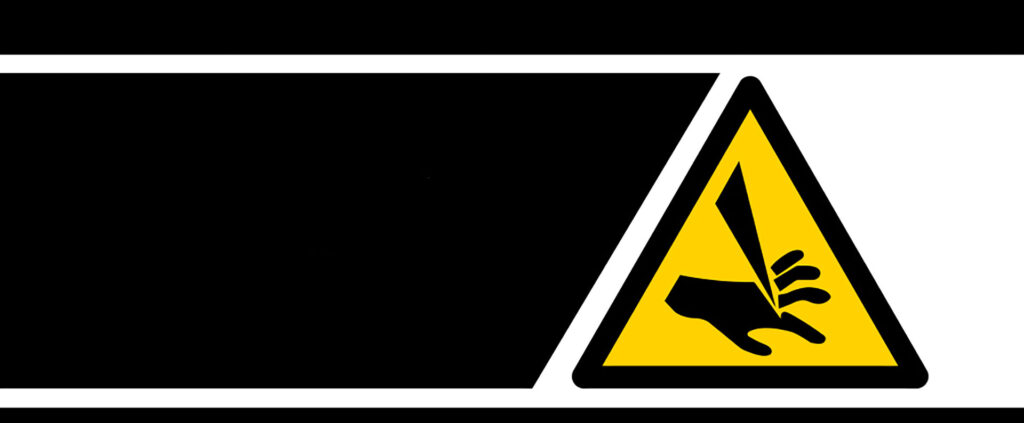6 Ways to Stay Safe When Working with Sharp Objects

Working with sharp objects is an integral part of many industries, from manufacturing to healthcare. However, the risks associated with handling sharp tools and materials cannot be underestimated. Injuries from sharp objects can lead to serious harm, including deep cuts, infections and long-term damage. That’s why it’s crucial to adopt stringent safety measures and use appropriate Personal Protective Equipment (PPE) when dealing with these hazards.
In this article, we will explore six essential ways to stay safe when working with sharp objects, ensuring that you and your team can perform tasks efficiently while minimizing the risk of injury.
1. Let Falling Objects Fall
Grabbing for falling cutting tools, sharp instruments or glassware can result in cuts or punctures, which can lead to infections or more severe injuries. It’s safer to clean up the mess or replace the item afterward rather than risk immediate harm.
2. Store Tools in the Right Place
Ensuring that supplies are easily accessible but safely stored reduces the risk of injury. Avoid carrying loose sharp items in your pocket, as this can lead to accidental cuts. Instead, store cutting instruments in designated holsters, drawers or racks when not in use.
3. Wear Proper PPE
Making sure you and your team are equipped with proper PPE is one of the most effective ways to protect against sharp objects. When everything else fails, quality protection won’t. At R.S. Hughes, we carry the highest quality PPE made by some of the biggest suppliers in the world. Our products include:
Hyflex® Sleeves
Featuring INTERCEPT™ Cut Resistance Technology, Hyflex sleeves provide superior protection against lacerations, meeting ANSI A5 and EN ISO E standards. Additionally, their ergonomic design gives each user a natural, contoured fit, offering improved comfort and flexibility.

Hyflex Gloves
Also designed with INTERCEPT™ Cut Resistance Technology, Hyflex gloves provides superior ANSI and EN ISO cut resistance levels. Their ultra-light and ultra-thin design ensure exceptional dexterity and breathable comfort, allowing for uninterrupted use and enhanced productivity.
3M™ SecureFit™ Safety Glasses
3M™ SecureFit™ Safety Glasses are ideal for protection against sharp objects due to their advanced safety features and durable construction. They meet the Impact-Rated Protector requirement of the ANSI-ISEA Z87.1-2020 Standard and are available in anti-fog/anti-scratch or 3M Scotchgard™ Anti-Fog coating for a clearer vision and increased longevity.
3M Face Shields
These face shields offer reliable face protection for many tasks, including those involving sharp objects, by providing a barrier that prevents contact with potential hazards. The five-position crown strap ensures a secure and customizable fit, enhancing stability and comfort during use.

4. Don’t Reach Into Disposable Containers
Avoid reaching into wastebaskets or disposal containers with bare hands because they could contain broken glass or sharps. Always also check disposal bags before lifting to ensure they are not overloaded or likely to break. Lift plastic bags from their tie-off points and paper bags by their edges whenever possible, holding them away from your body. Never “bear hug” a bag, as this increases the risk of injury from hidden sharps.
5. Learn How To Handle Sharp Tools
Educating and training yourself and others on the safe use of sharp tools helps you understand the potential hazards and risks involved, and how to avoid them. By attending safety courses or workshops offered by your employer or organization, you can gain valuable knowledge and skills.
6. Dispose of Sharp Objects Properly
Disposing of defective sharps and chipped or cracked glassware correctly helps to avoid unexpected when dealing with waste. Sharp materials poking through bags can easily cut unprotected hands or legs, posing a serious risk of injury. Wearing gloves or using a damp towel to pick up broken glass provides additional protection, minimizing direct contact with sharp edges.
Looking for more ways to keep your team safe? Check out the latest updates from OHSA.